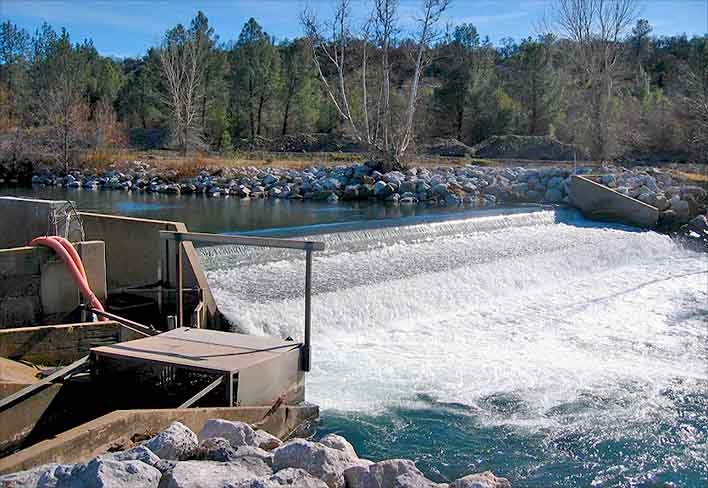
Features
Restocking
Extended drought to blame for poor returns at California hatchery
California salmon hatchery managers likely gave a well deserved sigh of relief when record winter rains of 2016/17 ended a five year drought and restored flows to the state’s salmon producing rivers.
But the legacy of those drought years continues to haunt them, as poor adult returns this fall have reduced the egg production goals at Coleman hatchery, the states largest producer of Chinook fry, by half, according to Sacramento area media.
Coleman aims for 12 million smolts to release each spring into Battle creek, a tributary of the Sacramento river. This year, it will be around six million. Poor adult returns to their natal stream, prevented staff from collecting and fertilizing enough eggs.
However, there were plenty of Chinook around the California Central valley last fall, enough to provide a commercial and sports fishery, and other hatcheries met and exceeded their goals, but the Coleman fish just didn’t come straight home. Managers say that giving smolts a ride down river in the spring, in response to past drought conditions, is to blame.
Hatchery staff were able to collect sufficient eggs and sperm to produce fry on target during the drought years. But spring river conditions in 2014 and 2015 were described as “abysmal”. Warm water temperatures and low river levels could harm the freshly released smolts and increase the likely hood of predation, so in those years they were pumped into tanker trucks and driven the 280 miles down stream to acclimatization pens at the mouth of the Sacramento river. This means that they missed the normal “river imprinting” process and that has disoriented the fish that attempted to find their way home this fall.
Historical returns to the Coleman are around 143,000 adult fish. Last fall saw merely 3,000. That was only enough to collect and fertilize about four million eggs. But staff were able to round up some of the missing brethren. Wire tags indicated that many of the strays ended up at Nimbus hatchery on the America River, another branch of the Sacramento, and they gave up another two million eggs for Coleman production.
In an effort to avoid mixing genetic strains, US Fish and Wildlife Service officials declined to bring in fish from other watersheds to increase Coleman numbers.
April 2, 2018 By Tom Walker
 Old barrier wire at Coleman National Fish Hatchery.
Old barrier wire at Coleman National Fish Hatchery. Print this page





